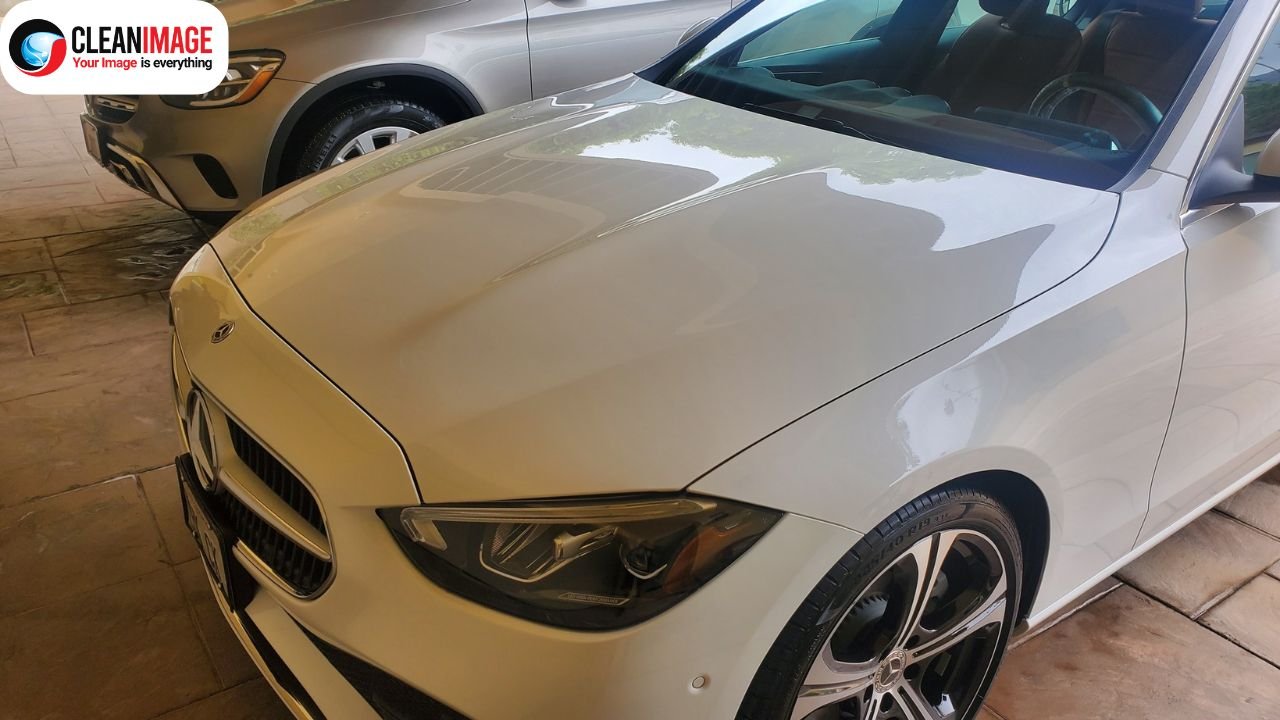Inner Blog

The Hidden Dangers of Skipping Paint Protection: Why PPF Is Essential for Your Car
A car’s paint does more than just look good—it protects your vehicle’s body from damage, corrosion, and wear. But every day, your car faces threats from road debris, sunlight, and harsh weather. Without Paint Protection Film (PPF), your paint can quickly lose its shine and value.
What Is Paint Protection Film (PPF)?
PPF is a transparent, high-performance film applied over your car’s paint. It’s designed to protect the surface from scratches, rock chips, UV damage, and stains. Made from durable polyurethane, it acts as a second skin—strong enough to handle daily wear yet nearly invisible to the eye.
Modern PPFs are self-healing, meaning minor scratches disappear with heat or sunlight, keeping your car looking fresh without constant polishing.
The Hidden Cost of Skipping Paint Protection
Choosing not to install PPF might save money upfront, but it exposes your car to long-term damage that can be expensive to fix.
| Issue | Cause | Impact Over Time |
|---|---|---|
| Paint Fading | Continuous UV exposure | Color dulls and loses gloss |
| Rock Chips | Gravel and road debris | Deep chips that require repainting |
| Corrosion | Moisture and salt buildup | Rust spots form under the paint |
| Oxidation | Sun and pollution | Rough texture and uneven tone |
| Resale Value Loss | Visible paint damage | Lower offers from buyers |
Repairing or repainting panels often costs much more than applying PPF once.
Why PPF Is Worth the Investment
1. Long-Term Paint Protection
PPF absorbs the impact from road debris, saving your paint from damage.
2. Preserves Original Shine
It keeps your car glossy without frequent waxing or polishing.
3. UV and Chemical Resistance
PPF blocks harmful sun rays and stains caused by bird droppings, tree sap, or road salts.
4. Enhances Resale Value
A well-preserved exterior tells buyers your car has been cared for, helping you get better offers.
5. Low Maintenance
Once applied, PPF requires minimal upkeep—just regular washing.
PPF vs. Other Protection Methods
| Feature | PPF | Ceramic Coating | Wax |
|---|---|---|---|
| Scratch Resistance | Excellent | Moderate | Low |
| UV Protection | Strong | Good | Temporary |
| Durability | 5–10 Years | 2–3 Years | Weeks |
| Self-Healing | Yes | No | No |
| Physical Barrier | Yes | No | No |
PPF stands out as the only option that offers true physical protection rather than just a surface shine.
When Should You Apply PPF?
The best time to apply PPF is right after purchasing your car. Fresh paint means the surface is smooth, clean, and damage-free. However, if your vehicle is older, it’s still not too late—detailers can restore the paint before applying the film for the same long-lasting benefits.
Tips for Choosing the Right PPF Installer
A proper installation makes all the difference. Look for:
-
Experienced and certified technicians
-
High-quality films from trusted brands like XPEL, 3M, or SunTek
-
Warranties covering yellowing, peeling, and cracking
-
A clean, temperature-controlled workspace
These ensure your PPF looks flawless and lasts for years.
Protect Your Car with Clean Image Mobile
At Clean Image Mobile, we specialize in professional Paint Protection Film installation that keeps your car safe, shiny, and stunning. Our expert technicians use industry-leading materials and precision tools to deliver a smooth, invisible finish that stands the test of time.
Whether it’s a daily commuter or a luxury vehicle, we treat every car with care and attention. Protect your investment, preserve your paint, and keep your car looking new—inside and out—with Clean Image Mobile.
Leave a Reply
You must be logged in to post a comment.